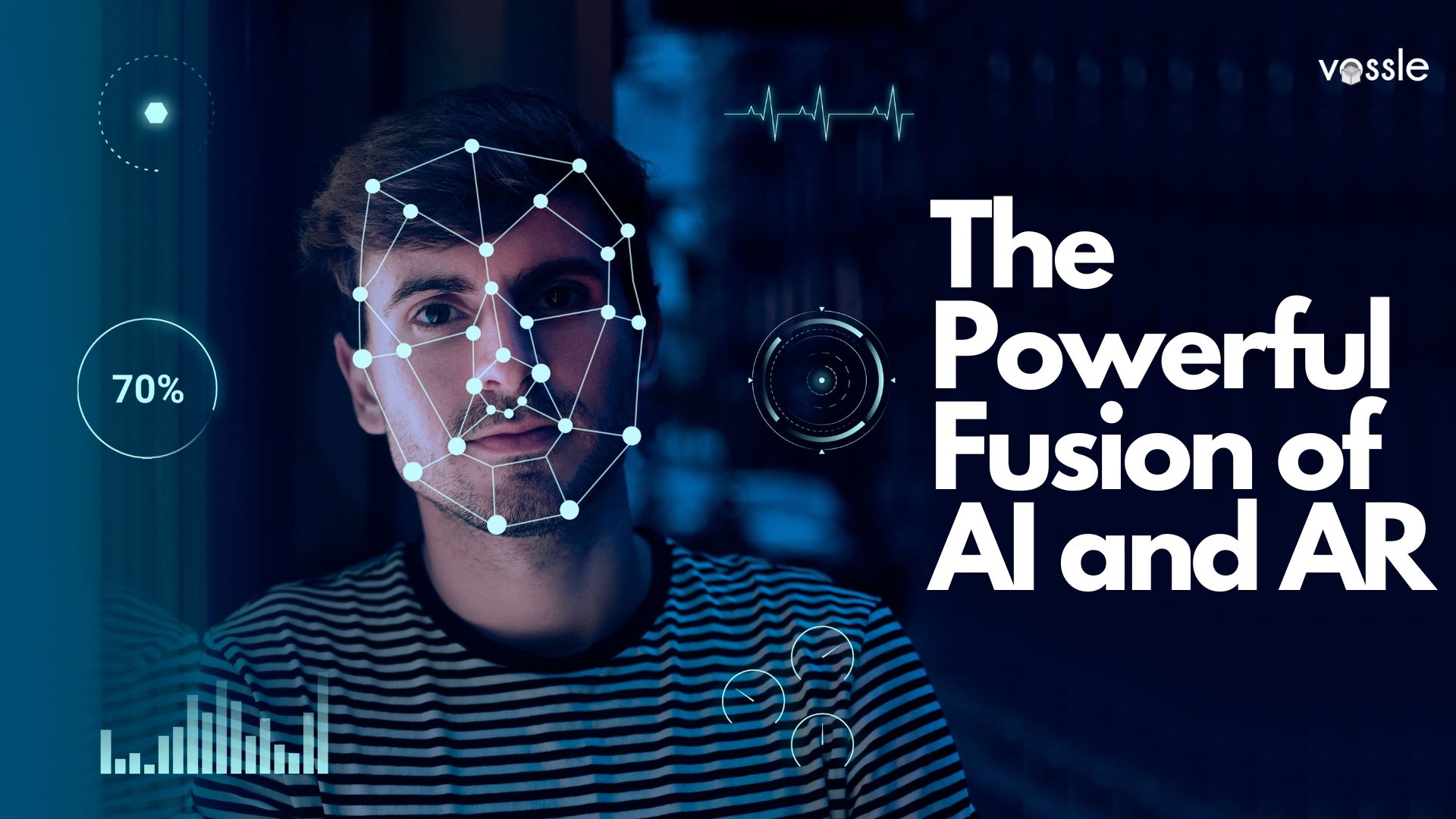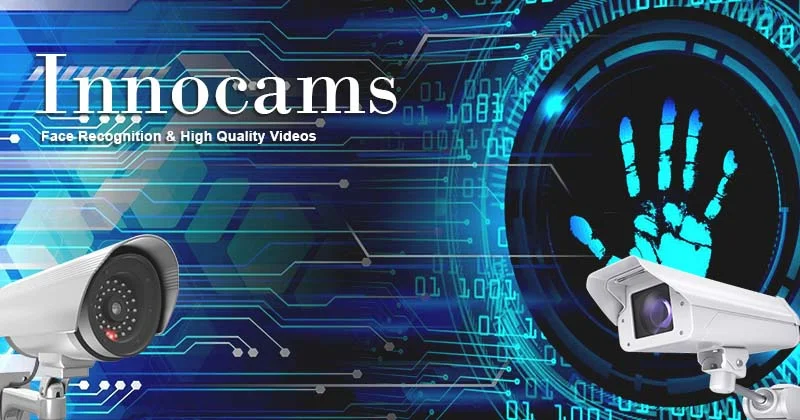Introduction:
In the ever-evolving landscape of technology, there are moments when innovation takes a giant leap, reshaping the way we perceive and interact with the world. One such revolutionary advancement that has recently emerged on the scene is InnoCams. In this blog post, we’ll embark on a journey to uncover the intricacies of InnoCams – how they function, their diverse applications, real-world implications, potential challenges, and the exciting possibilities that lie ahead for this cutting-edge technology.
Unveiling InnoCams: A Fusion of Hardware and AI:

InnoCams stand at the forefront of imaging technology, representing a fusion of advanced hardware and artificial intelligence (AI). These devices are designed to capture, process, and utilize data in real-time, ushering in a new era of possibilities across various industries. The convergence of hardware and AI in InnoCams is nothing short of a technological marvel, with implications that transcend traditional imaging boundaries.
How InnoCams Work:
At the core of InnoCams is a sophisticated interplay between high-quality hardware components and AI algorithms. These cameras leverage cutting-edge sensors to capture data from the surrounding environment. The real magic happens in the processing stage, where AI algorithms come into play. These algorithms analyze the captured data, identify patterns, and extract meaningful information, all in real time. The result is a dynamic and responsive imaging system that goes beyond conventional cameras.
Diverse Applications of InnoCams:

The versatility of InnoCams is a hallmark of their design, allowing them to find applications across a broad spectrum of industries. Let’s explore some of the key areas where InnoCams are making a significant impact.
1. Healthcare:
In the field of healthcare, InnoCams are revolutionizing medical imaging. The real-time data processing capabilities enable quicker and more accurate diagnostics. From aiding in surgeries to enhancing medical research, InnoCams contribute to advancements that can ultimately save lives.
2. Security Systems:
InnoCams play a crucial role in elevating security systems to new heights. The combination of AI-driven analytics and high-resolution imaging allows for more sophisticated threat detection. Whether deployed in public spaces or private facilities, InnoCams enhance the overall efficacy of security infrastructure.
3. Industrial Optimization:
In manufacturing and industrial processes, InnoCams contribute to optimization and efficiency. The real-time data insights aid in monitoring production lines, identifying potential issues, and streamlining operations. This not only improves productivity but also reduces downtime and costs.
4. Autonomous Vehicles:
The automotive industry is another domain where InnoCams showcase their prowess. These cameras, integrated into autonomous vehicles, provide a constant stream of data that is vital for navigation, obstacle detection, and overall safety. InnoCams play a pivotal role in the realization of a future with self-driving cars.
Challenges and Considerations:
As with any groundbreaking technology, InnoCams are not without their challenges. Addressing these issues is crucial for the widespread adoption and ethical use of this innovation.
1. Cost:
The advanced hardware and AI components that make InnoCams so powerful also contribute to their cost. Making this technology more accessible to a broader audience requires advancements in manufacturing processes and economies of scale.
2. Privacy Concerns:
The capabilities of InnoCams to capture and process real-time data raise valid privacy concerns. Striking a balance between technological advancements and protecting individual privacy will be a key consideration moving forward.
3. Data Processing:
The immense amount of data generated by InnoCams poses challenges in terms of processing and storage. Developing efficient data processing systems and leveraging cloud computing resources will be vital to manage this data deluge effectively.
The Future Outlook:
Despite the challenges, the future of InnoCams looks promising. Ongoing advancements in AI, miniaturization of hardware, sustainability measures, and the establishment of ethical frameworks are paving the way for a future where InnoCams become more accessible, versatile, and aligned with societal needs.
Accessibility:
As technology progresses, the cost of manufacturing InnoCams is likely to decrease. This will result in greater accessibility for businesses and consumers alike, unlocking new possibilities across diverse sectors.
Versatility:
The adaptability of InnoCams positions them as a transformative tool with applications beyond our current imagination. As researchers and developers delve deeper, new use cases and industries may emerge, expanding the reach and impact of this technology.
Ethical Alignment:

The ethical use of InnoCams is a paramount consideration. Establishing clear guidelines and ethical frameworks ensures that this technology is harnessed for the greater good, minimizing potential risks and misuse.
Conclusion: Embracing the InnoCams Era
In conclusion, InnoCams mark a pivotal moment in the evolution of imaging technology. Their ability to merge hardware and AI in real time opens doors to unprecedented possibilities, transforming industries and the way we perceive the world. While challenges exist, the ongoing advancements and commitment to ethical use paint a promising picture for the future of InnoCams. As we stand on the cusp of this exciting era, embracing the potential of InnoCams invites us to envision a world where innovation not only enhances our lives but shapes a brighter and more connected future.
FAQs:
Q1: What distinguishes InnoCams from traditional cameras, and how does the fusion of hardware and AI contribute to their capabilities?
InnoCams differ from traditional cameras through their integration of advanced hardware and artificial intelligence (AI). Unlike conventional cameras, InnoCams use cutting-edge sensors to capture data and employ AI algorithms in real-time processing. This fusion enhances their capabilities, allowing for dynamic and responsive imaging beyond the capabilities of traditional cameras.
Q2: In what industries are InnoCams making a significant impact, and how do they contribute to advancements in each sector?
InnoCams have diverse applications across various industries. They are making significant impacts in healthcare by revolutionizing medical imaging, in security systems by elevating threat detection, in industrial processes by optimizing efficiency, and in autonomous vehicles by providing crucial data for navigation and safety. Their adaptability contributes to advancements that enhance productivity and safety in each sector.
Q3: What are the primary challenges faced by InnoCams, and how might these challenges be addressed to facilitate widespread adoption?
InnoCams face challenges such as cost, privacy concerns, and data processing. The high cost stems from advanced hardware and AI components, privacy concerns arise from real-time data capture, and data processing challenges emerge due to the substantial amount of generated data. Addressing these challenges requires advancements in manufacturing, the establishment of ethical frameworks, and the development of efficient data processing systems.
Q4: How might advancements in AI, hardware miniaturization, and ethical frameworks contribute to the future accessibility and versatility of InnoCams?
Ongoing advancements in AI, hardware miniaturization, and the establishment of ethical frameworks are key to the future of InnoCams. These advancements are likely to reduce manufacturing costs, making InnoCams more accessible. Additionally, ethical frameworks ensure responsible use, and ongoing innovations contribute to the versatility of InnoCams, potentially unlocking new use cases and industries.
Q5: As we envision the future of InnoCams, how can society ensure the ethical use of this technology and balance technological progress with individual privacy?
Ensuring the ethical use of InnoCams involves establishing clear guidelines and ethical frameworks. Balancing technological progress with individual privacy requires a conscientious approach to development and deployment. Society must actively participate in discussions surrounding the ethical implications of InnoCams to strike a balance between innovation and the protection of privacy rights.
